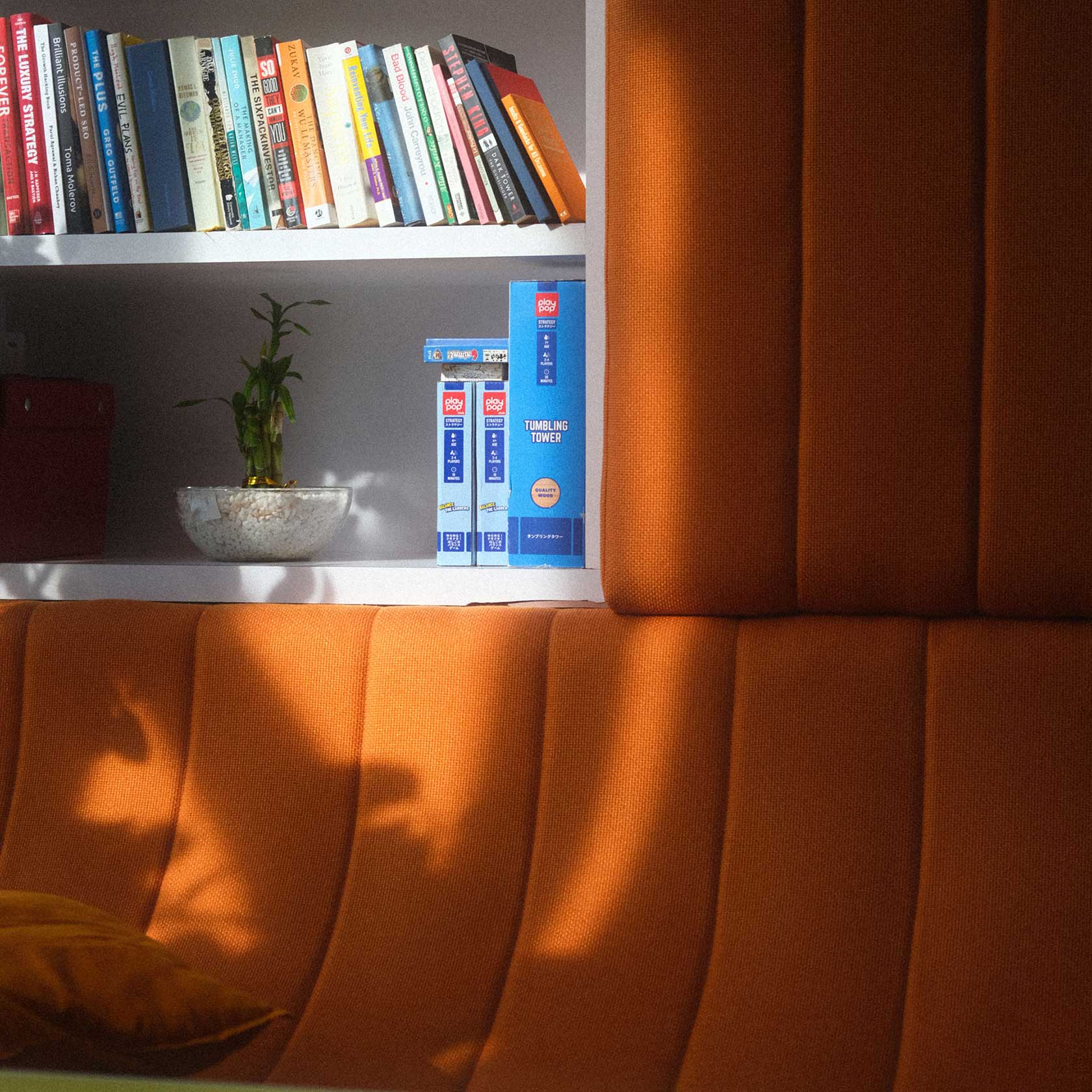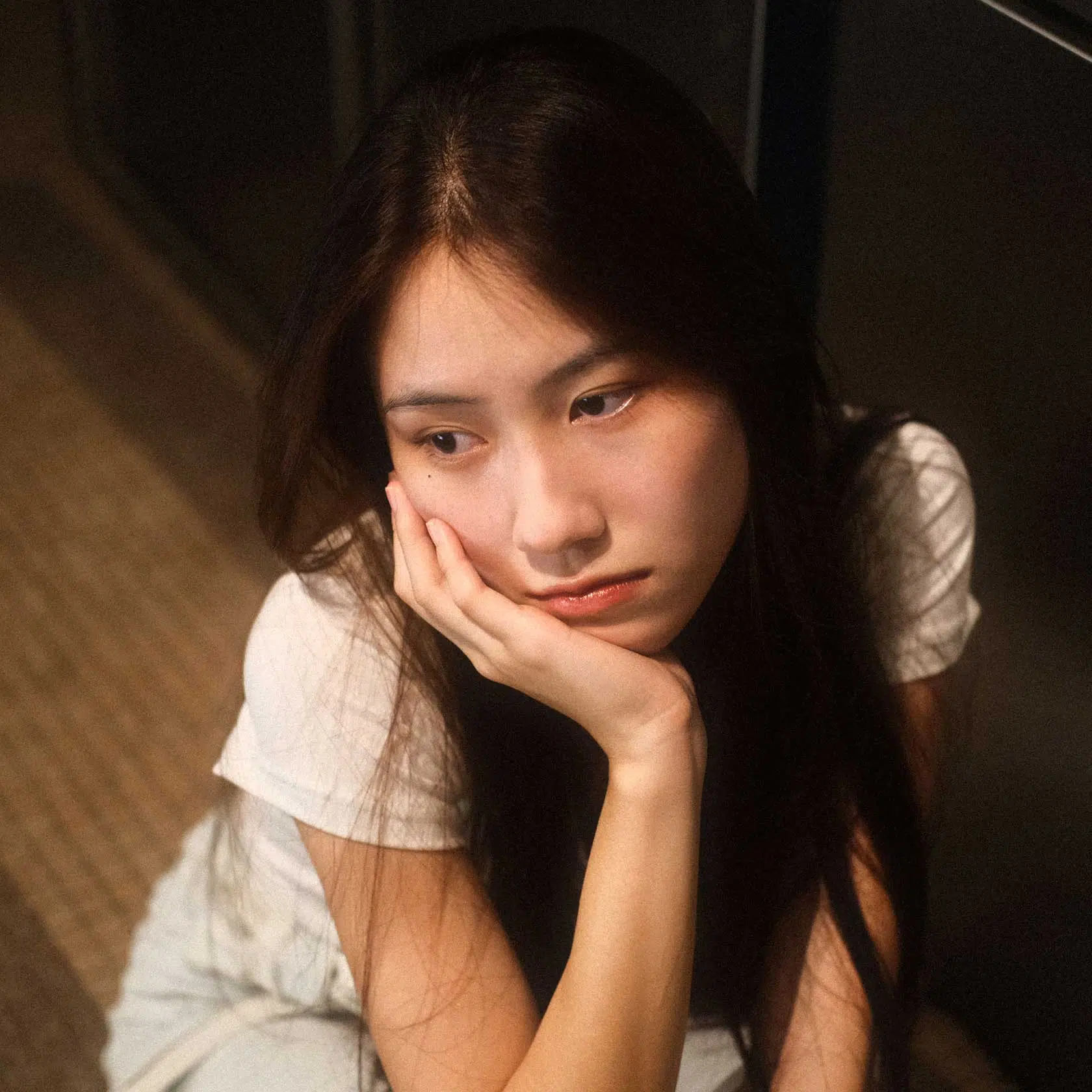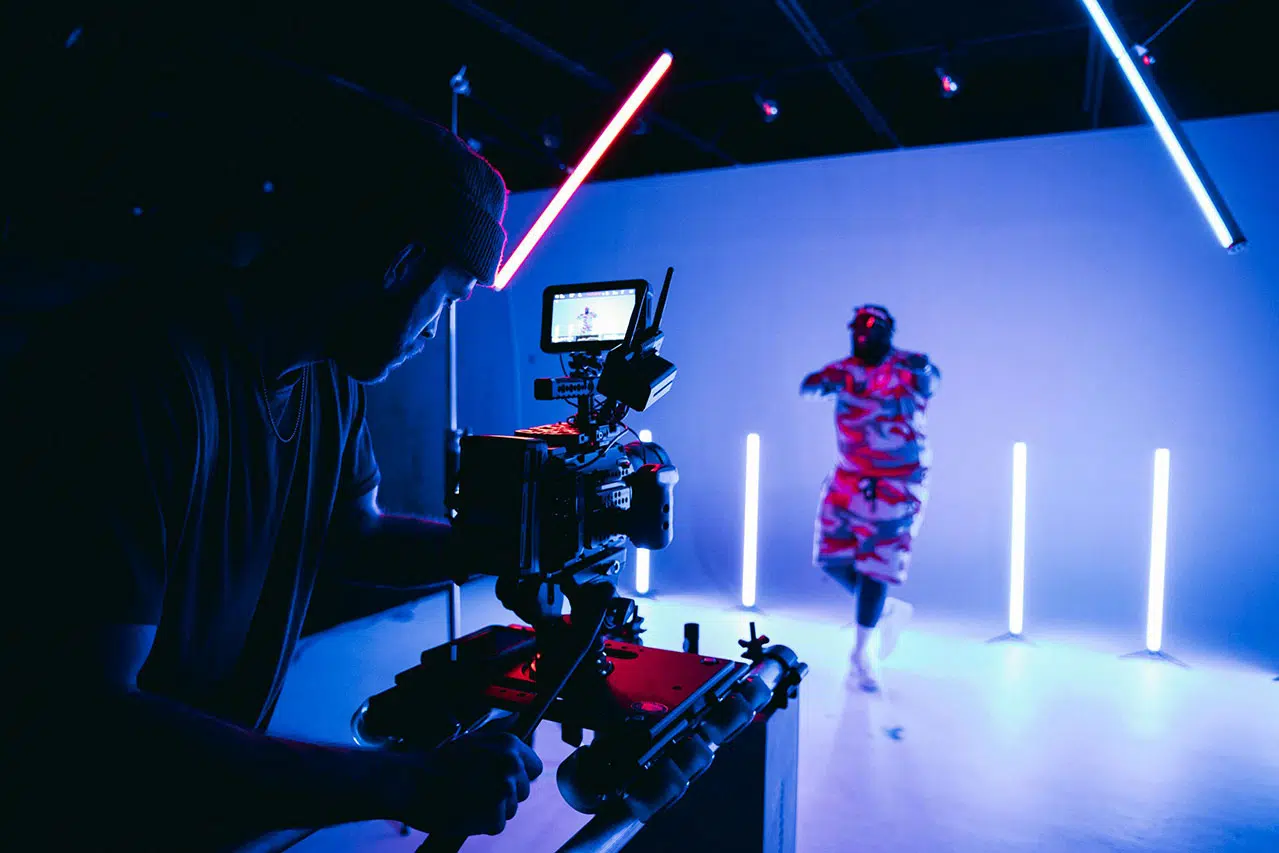If you’ve been chasing that nostalgic digital look from the early 2000s, you’re not alone. Those photos from old Canon PowerShots or early Nikon Coolpix cameras had a punchy, almost dreamy color tone that’s hard to describe—but instantly recognizable. And now, it’s back in style.
CCD Pop is a Fujifilm custom recipe I created that channels those same digital vibes. It’s not a copy of any particular camera or film. Instead, it recreates the feeling of using those classic CCD sensors—clean, punchy, and slightly warm with a bit of digital softness.
Whether you grew up with a 5MP camera or just discovered CCD photography on TikTok, this recipe is for you.
This recipe is perfect if you’re after a retro digital look without the need for old gear. It’s great for street or portrait photographers who shoot in daylight and want something fresh and non-film-based. If you love experimenting with new looks and want your Instagram to have that nostalgic early 2000s digital vibe, CCD Pop is for you.
This recipe works best on Fujifilm X-Trans IV cameras like the X-T4, X-E4, X-S10, or X100V. It also works on X-Trans V (like the X-T5 or X100VI) with similar results. For older cameras, just skip the Clarity setting.
Prefer a dreamy, mellow tone?
CCD Pop is a Fujifilm film simulation recipe inspired by the CCD camera era of the early 2000s. Unlike film simulations that mimic specific film stocks like Kodak or Fujifilm Superia, this one draws its character from early digital imaging—before CMOS took over.
Those CCD sensors produced unique color rendering. Skies popped, skin tones glowed, and images often had a clean, contrasty look. That’s what this recipe aims to bring back.
It’s based on Provia / Standard—a reliable Fujifilm simulation that’s clean and neutral. From there, I added more contrast and saturation, reduced clarity, and dialed back sharpness to recreate the smoother digital look of early CCDs.
This recipe came to me out of nowhere—no Googling, no reference images. Just a sudden memory of how my old photos used to look, and the urge to bring it back using my Fujifilm X-T4.
A lot of Fujifilm recipes focus on analog film. But there’s this growing trend of people returning to early digital cameras for their distinctive color science. I figured—why not make a Fujifilm recipe that does that?
Also, I switched the image dimension to 1:1 for this one. That square format just feels right with this look. You can still shoot in 3:2 if you want, but I found 1:1 adds to the retro vibe.


Expect colors that pop a little more than usual—especially reds, blues, and skin tones. Shadows are deeper, highlights are crisp, and everything feels a bit cleaner. The Clarity and Sharpness tweaks help smooth out details in a way that’s close to early CCD output, especially on digital screens.
Shoot in bright daylight, slightly overexposed, and you’ll get results that look like they came from a 5MP camera in 2004—but sharper, cleaner, and more usable today.
CCD Pop might be a niche recipe, but it fills a gap that’s been missing from the Fujifilm community. It’s fun, it’s a little different, and it’s surprisingly good for street photography. You don’t need to hunt down a vintage digital camera anymore—just load this into your Fujifilm and shoot.
Let me know if you try it. Would love to see how it works on your X100V, X-T5, or even your older X-Pro2.
Note: The Fujifilm film simulation recipes shared on this website are based on personal experience and experimentation. These settings are designed to mimic the look of various film stocks but are not exact replications. Film characteristics vary based on factors such as lighting, lens choice, and camera model. Results may differ depending on individual shooting conditions and preferences. Use these recipes as a creative starting point and adjust them to suit your style. This content is not affiliated with or endorsed by Fujifilm or Kodak. Some links on this page may be affiliate links, which help support the site at no extra cost to you.

Curated Camera Gear & Vinyl Records